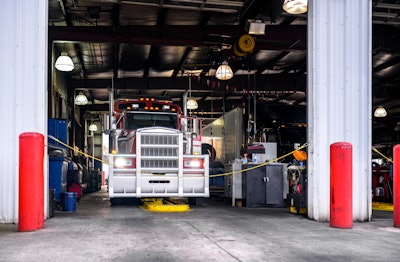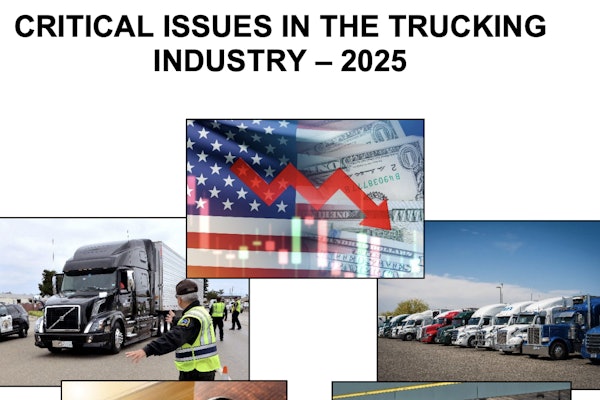
The American Trucking Associations’ Technology & Maintenance Council and Decisiv Inc. Wednesday, Jan. 24, said parts and labor expenses rose 1.9% during the third quarter of 2023, according to data released in the latest Decisiv/TMC North American Service Event Benchmark Report.
“This return to increasing parts and labor costs highlights the fact that fleets must remain vigilant when it comes to managing their maintenance expense data,” said TMC Executive Director Robert Braswell. “This important parts and labor cost analysis report is an excellent tool to help council members see how their operations are performing and plan accordingly.”
The increase follows a 1.3% decline in the second quarter across the top 25 Vehicle Maintenance Reporting System Level Codes. The jump in costs reflects an equal rise in parts and labor expenses – both of which rose 1.9% individually during the third quarter. On a year-over-year basis, parts costs are up 0.9% and labor costs rose 4.9% for a total combined increase of 2.5%.
Detailed data from Decisiv on quarter-over-quarter combined parts and labor costs indicated increases in 18 of the 25 VMRS System Codes. Year-over-year, parts and labor cost increases were seen in 22 VMRS System Codes. The data on 25 VMRS System Level Codes accounts for more than 97% of total parts and labor costs for more than 7 million assets and over 300,000 monthly maintenance and repair events at more than 5,000 service locations.
Considering that truck tonnage and consequently mileage continue to decline, the likely explanation for higher parts costs is the impact of ongoing inflationary pressures. In September, the American Trucking Associations’ seasonally adjusted For-Hire Truck Tonnage Index decreased 1.1% compared to the previous month and was down 4.1% year-over-year, the seventh straight annual decrease and the largest over that period. In the same month, ATA’s not seasonally adjusted index, which represents the change in freight tonnage actually hauled by fleets, was 6.8% below August.
The labor costs side of the equation is equally challenged, driven in large part by the ongoing technician shortage affecting dealers and fleets. Based on data from the U.S. Bureau of Labor Statistics, the costs associated with technician recruitment will not see any relief for the foreseeable future, with a projected need of about 23,900 heavy vehicle and mobile equipment service technicians each year on average over the next decade.
“Despite running fewer miles to handle lower freight volumes and the influx of less repair-intensive new trucks, fleets, and service providers are still challenged by inflationary cost pressures on parts prices and higher labor costs,” said Decisiv President and CEO Dick Hyatt. “The data in this report, however, enables everyone in the service supply chain to anticipate and focus on areas where cost control measures will prove most valuable.”
The Decisiv/TMC North American Service Event Benchmark Reports are generated using data from the Decisiv SRM platform on service and repair events for more than 7 million commercial assets operating across the U.S. and Canada. The industry’s largest asset service management system is being used to manage a weekly average of 70,000 service events at nearly 5,000 locations.











